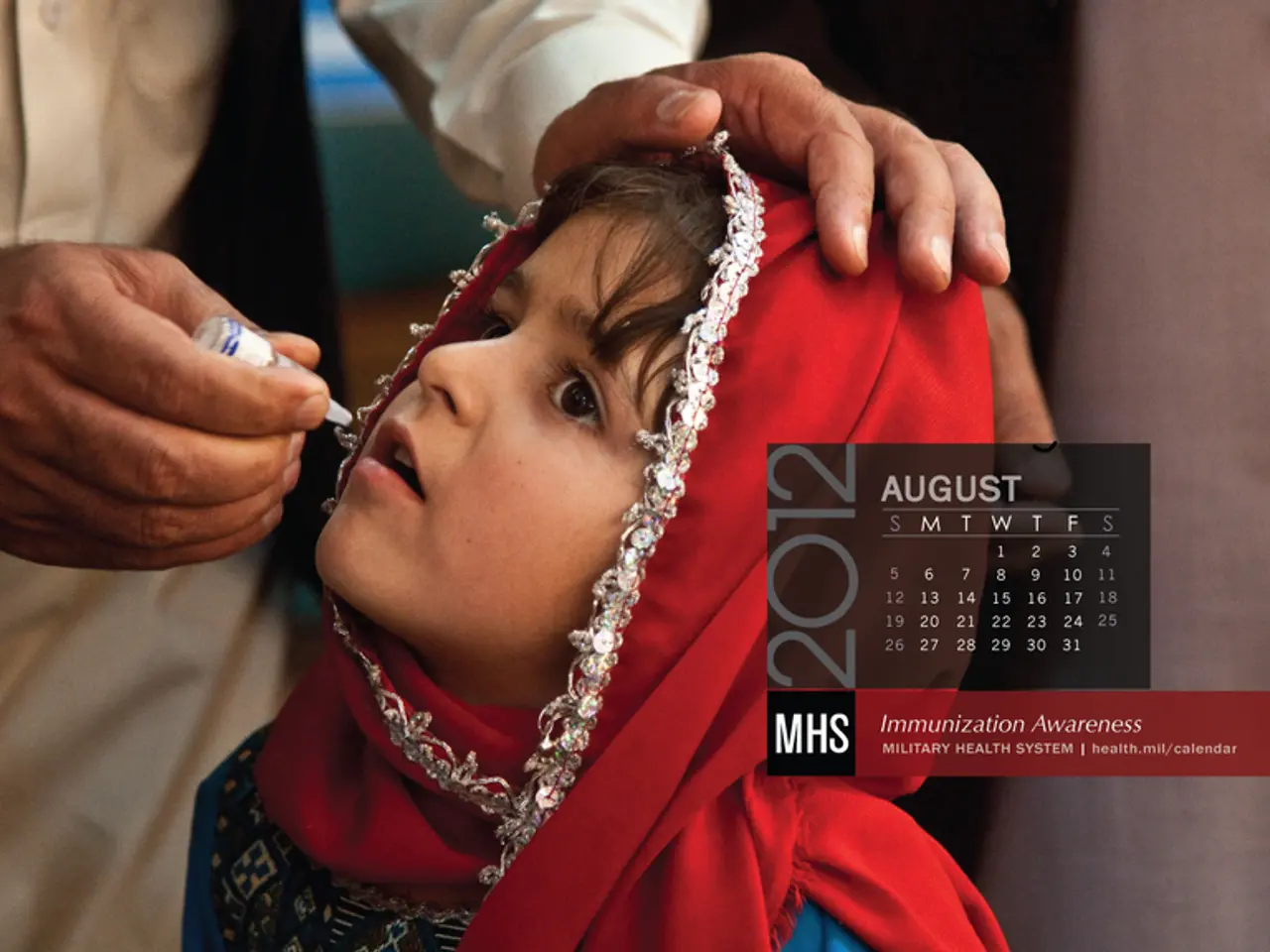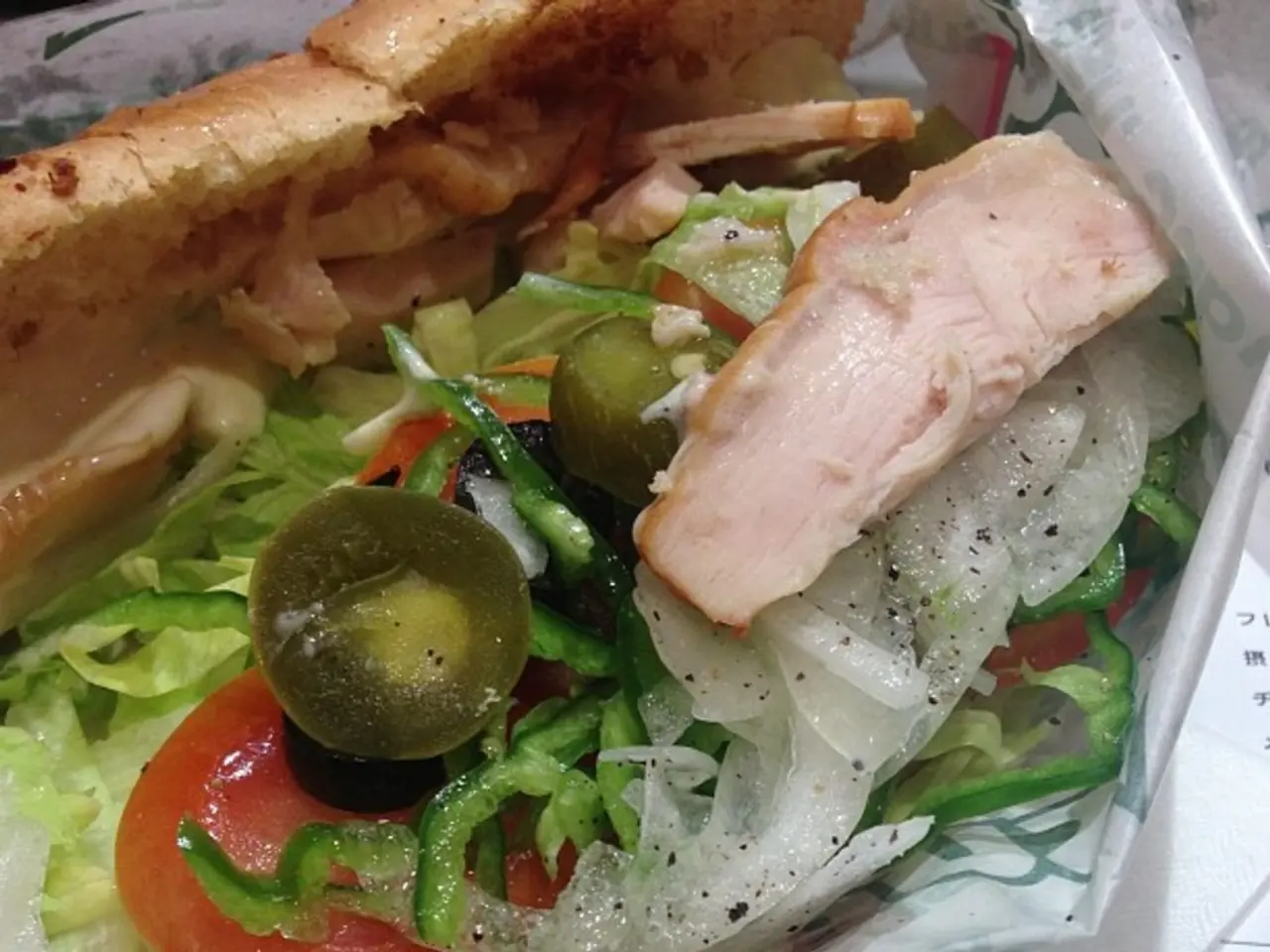Over a hundred and sixty individuals fell ill due to suspect meals contaminated with salmonella, as detailed in a recent report.
The largest U.S. raw milk outbreak in recent history occurred in California between October 2023 and March 2024, affecting 171 people across California and four other states, with 120 of the victims being children and adolescents. This outbreak, linked to raw milk from a California dairy farm, serves as a stark reminder of the potential risks associated with raw milk consumption.
The outbreak, caused by Salmonella Typhimurium, was traced back to a new cow added to the herd at Raw Farm in Fresno, California, the largest retail raw milk farm in the U.S., supplying milk to approximately 50,000 families. Despite regulations requiring raw milk dairy farms in California to obtain a permit and pass dairy farm and bottling sanitation inspections, the outbreak underscores the ongoing risk of contamination.
From 2009 to 2021, 143 enteric disease outbreaks were reported to the Centers for Disease Control and Prevention (CDC), with pathogens such as Salmonella, Escherichia coli, Campylobacter, Brucella, and Cryptosporidium implicated. These outbreaks highlight the continued incidence of health risks associated with raw milk consumption, particularly for vulnerable populations like children.
Symptoms of salmonella include diarrhea, fever, and abdominal cramps. In severe cases, salmonella can spread beyond the gastrointestinal tract and into the blood, brain, bones, and joints. While no deaths were reported in the latest outbreak, 22 cases required hospitalization, and 18 of those patients were children under 18.
Contamination can occur at various points throughout the milking process, as bacteria linger everywhere from the cow's udders to the farmer's hands. Raw milk must meet strict bacterial and cell count limits and be kept at 45°F or below in California. Cows must also be annually tested for brucellosis and tuberculosis. However, raw milk can carry or contain bird flu viruses, listeria, E. coli, campylobacter, cryptosporidium, and brucella.
Illness typically occurs 12 to 72 hours after eating food contaminated with salmonella bacteria. Public health officials stress the importance of educating consumers about the risks associated with raw milk to prevent severe disease outcomes. The recent large outbreak in California serves as a reminder that despite regulations, raw milk can still pose significant contamination risks.
It is important to note that while no specific update on overall raw milk consumption volumes or direct health risk statistics in California beyond what relates to outbreaks is available, a 2023 study reported that 4.4% of Americans drank raw milk in the past year, with 1% saying they drink it weekly. For children under 5, pregnant people, the elderly, and the immunocompromised, these pathogens can be life-threatening.
Pasteurization of animal milk has been widely adopted as a basic public health measure, according to the FDA. Raw milk devotees, such as Health and Human Services Secretary RFK Jr., argue for the benefits of raw milk consumption, but the risks associated with raw milk consumption, particularly for vulnerable populations, remain a significant public health concern.
- Despite the health-and-wellness movement promoting raw milk, the recent outbreak linked to a California dairy farm underscores the ongoing risks associated with its consumption, particularly for children and susceptible populations.
- The media has reported extensively on the risks of raw milk, with incidents such as the salmonella outbreak in California highlighting the potential threats to public health.
- The culture of raw milk consumption, often advocated by devotees, ignores the scientific evidence showing the dangers associated with it, especially for vulnerable groups such as pregnant women, the elderly, and those with compromised immune systems.




